Today is the 50th anniversary of Earth Day, and my thoughts go to our seventh principal: Respect for the interdependent web of all existence of which we are part. Our focus on use of native plantings on RRUUC grounds will allow us to model this web. The native plants will attract and feed our native insects, which will attract and feed our native birds and mammals. We are a part of the web also, and our hope is that our grounds provide a place for us to find peace and reconnect with the natural world.
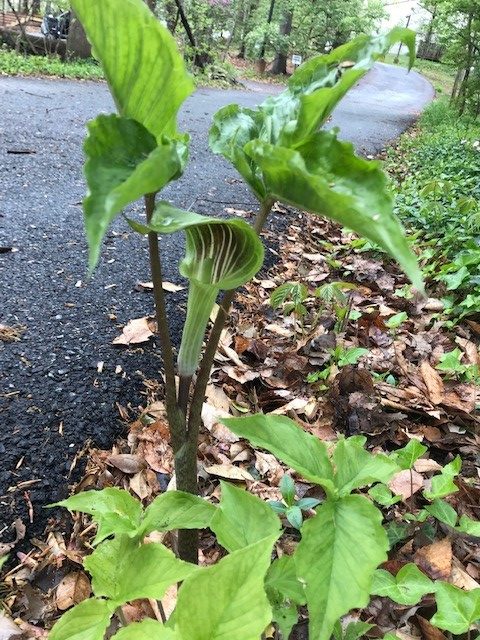
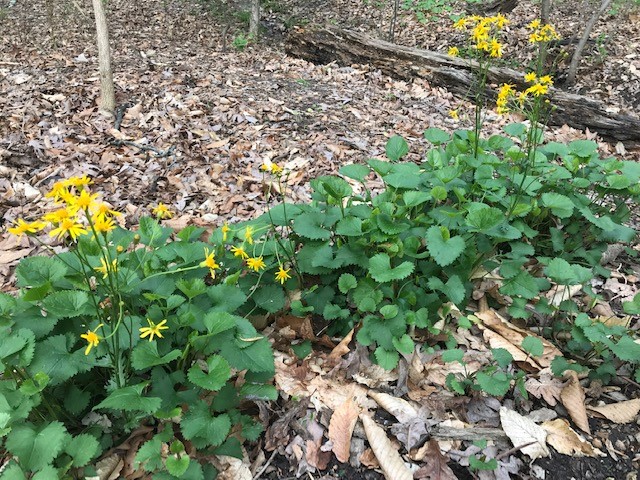
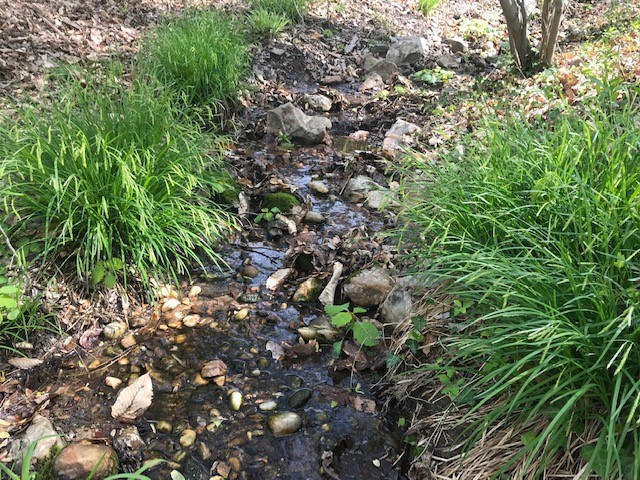
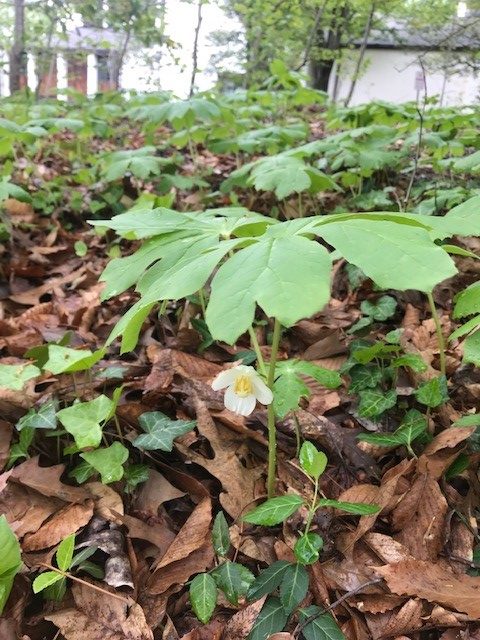
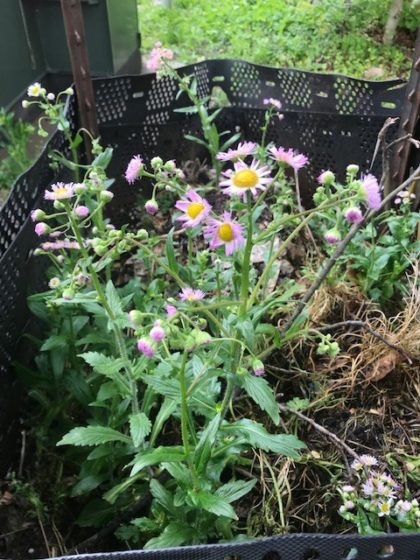
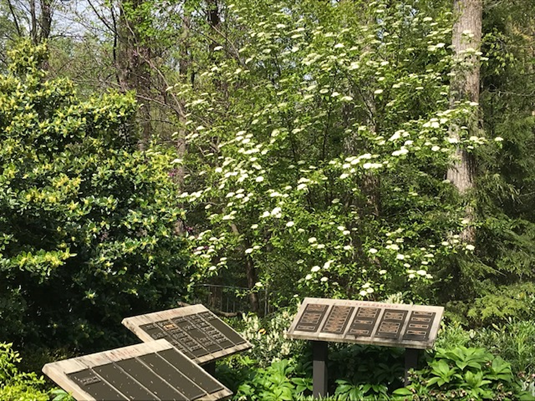
Joe
